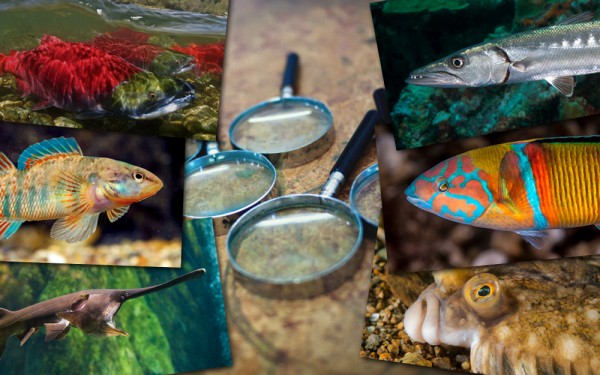Banded sculpin
(Cottus carolinae)

Classification
General data
The banded sculpin (Cottus carolinae) is a freshwater fish dwelling mostly in small to moderate sized streams in areas of swift current. Young and juvenile C. carolinae can mainly be found in pools, riffles, and other shallow habitats while adults tend to prefer deeper waters. C. carolinae primarily eats insects and insect larvae, but their large mouths enable them to eat prey nearly as large as themselves, including other sculpin.
To prevent predation, including by other fish, the color and pattern of the sculpin tends to match its environment. Most Cottus carolinae are mottled brown with dark vertical banding and usually reach about three inches in length. They have a broad head which rather quickly narrows into a slim body, giving them the appearance of a tadpole reaching adulthood.
Cottus carolinae has proven to be useful as a representative species for the effects of mining related impacts on fishing communities since it has been proven that their density is negatively correlated with higher metal concentrations from mining. In other areas around the Cumberland Basin, as a benthic fish, the C. carolinae is in danger of increased siltation by area farming. Though the sculpin faces these threats, they are not yet on the list of endangered species.
Max length : 18 cm TL; common length : 9.5 cm TL
Distribution: North America: upland streams in Mississippi River basin from New River drainage in West Virginia and Virginia, across central Kentucky, Indiana and Illinois to Ozark Mountain drainages in Missouri, Kansas, Arkansas and Oklahoma in the USA; south to Mobile drainage in Georgia, Tennessee and Alabama, USA.














